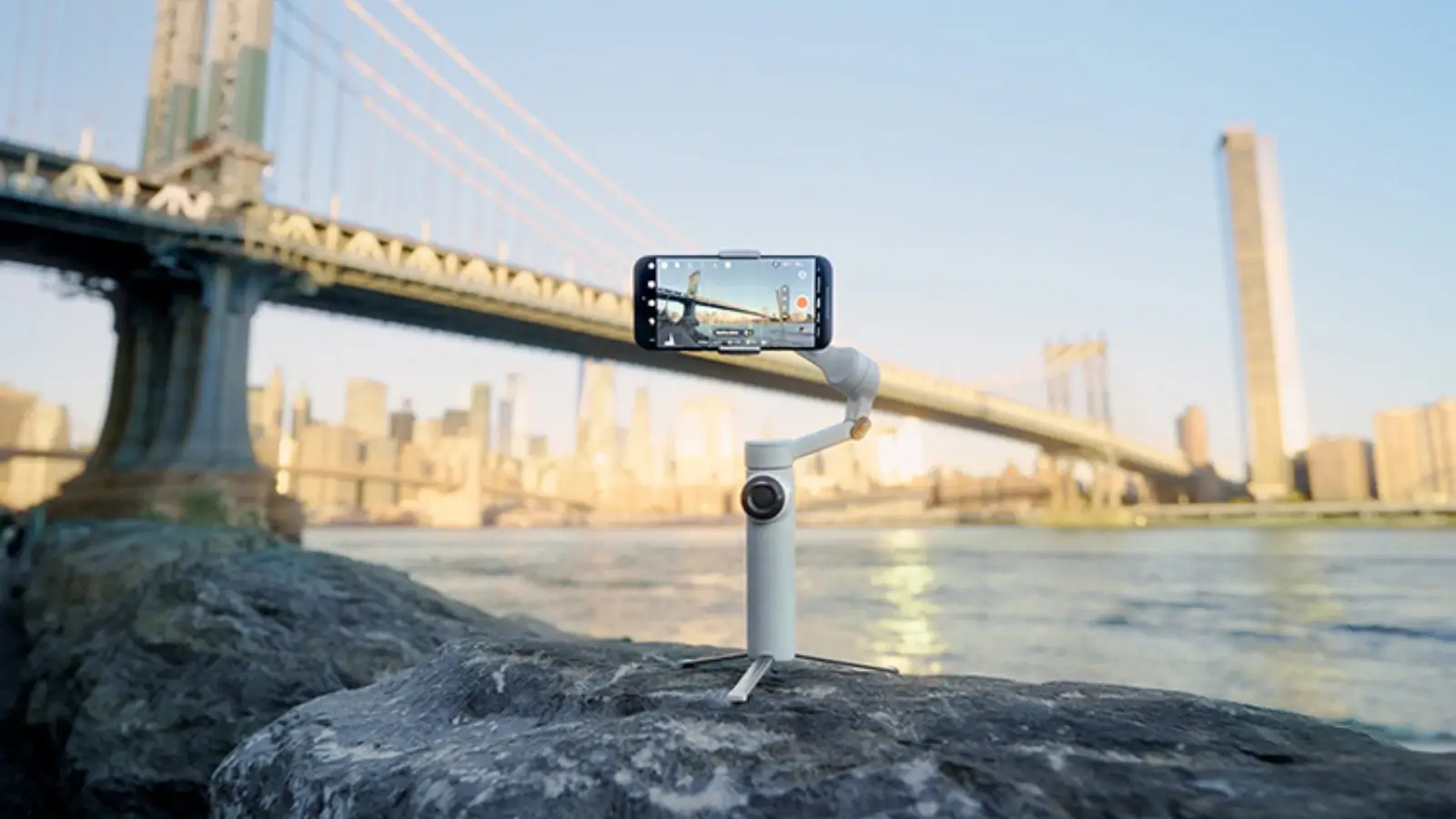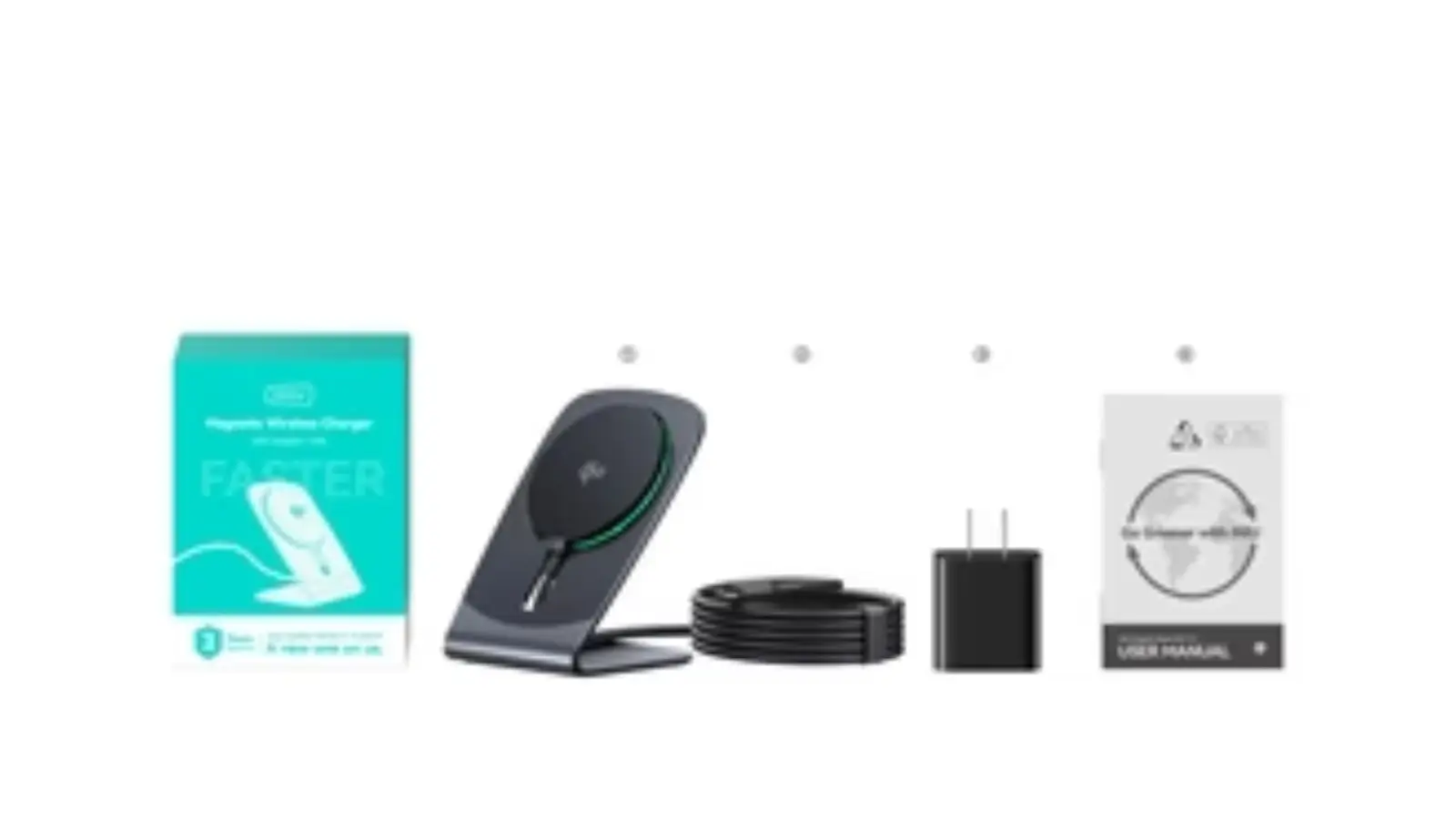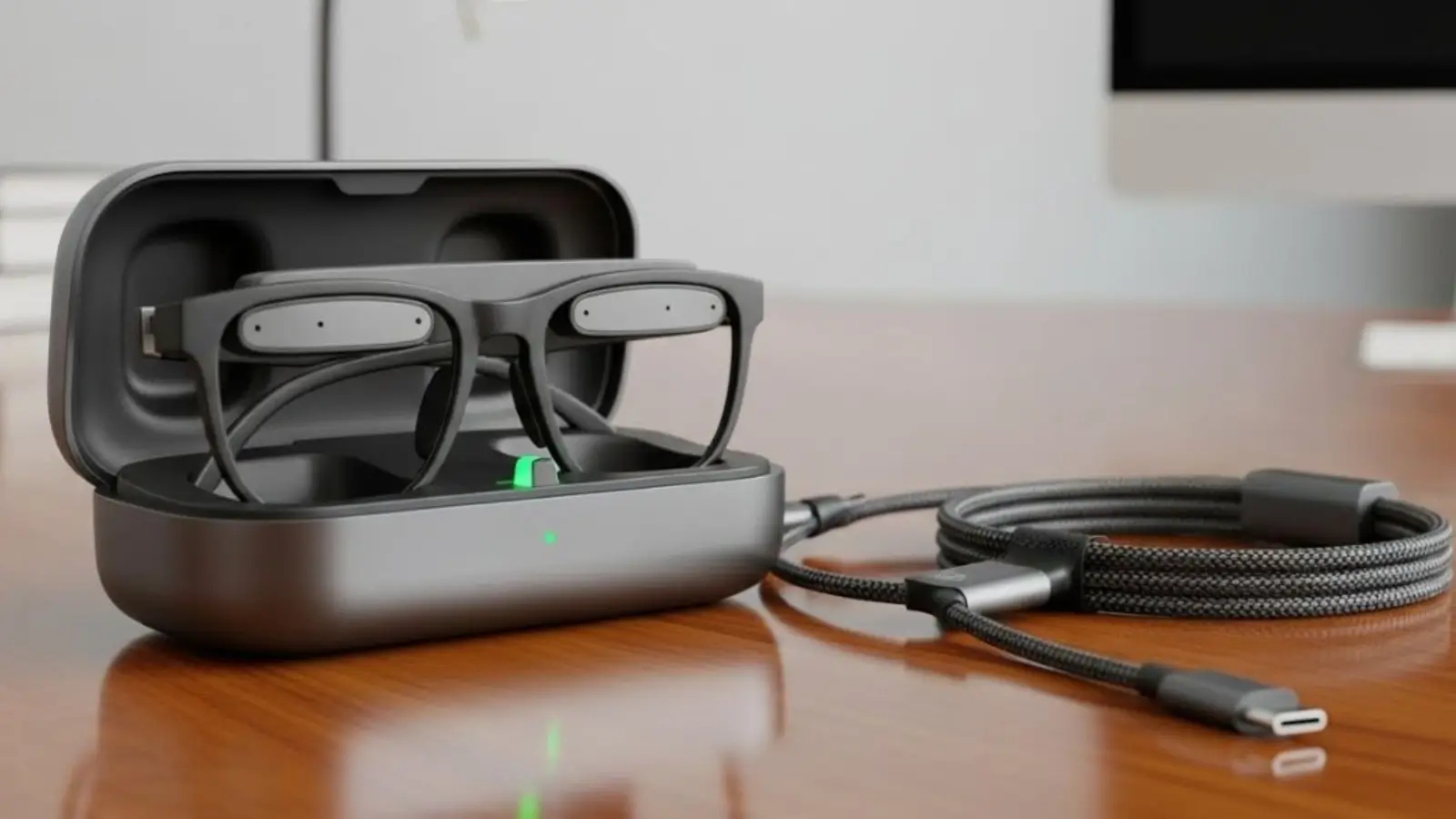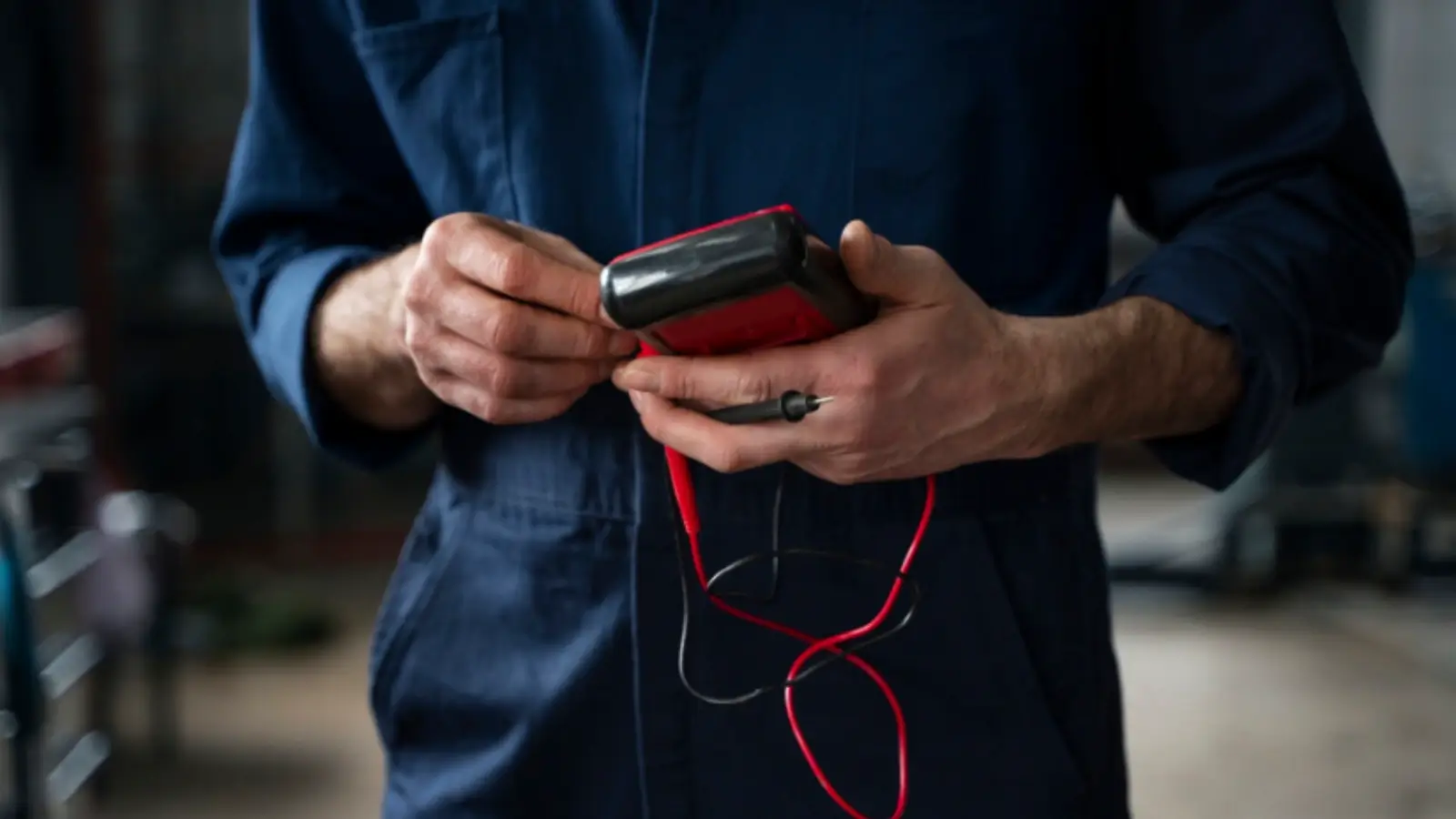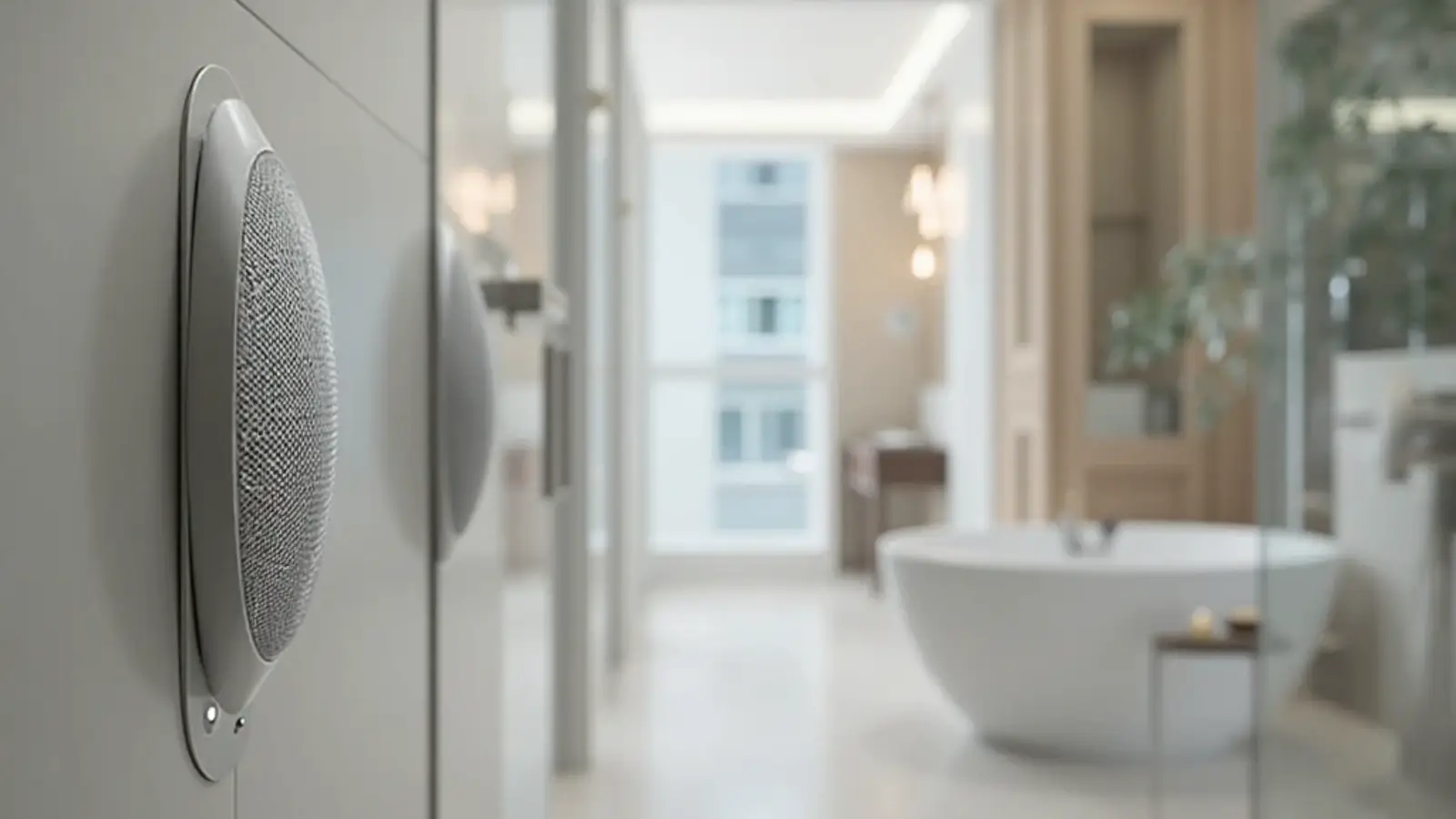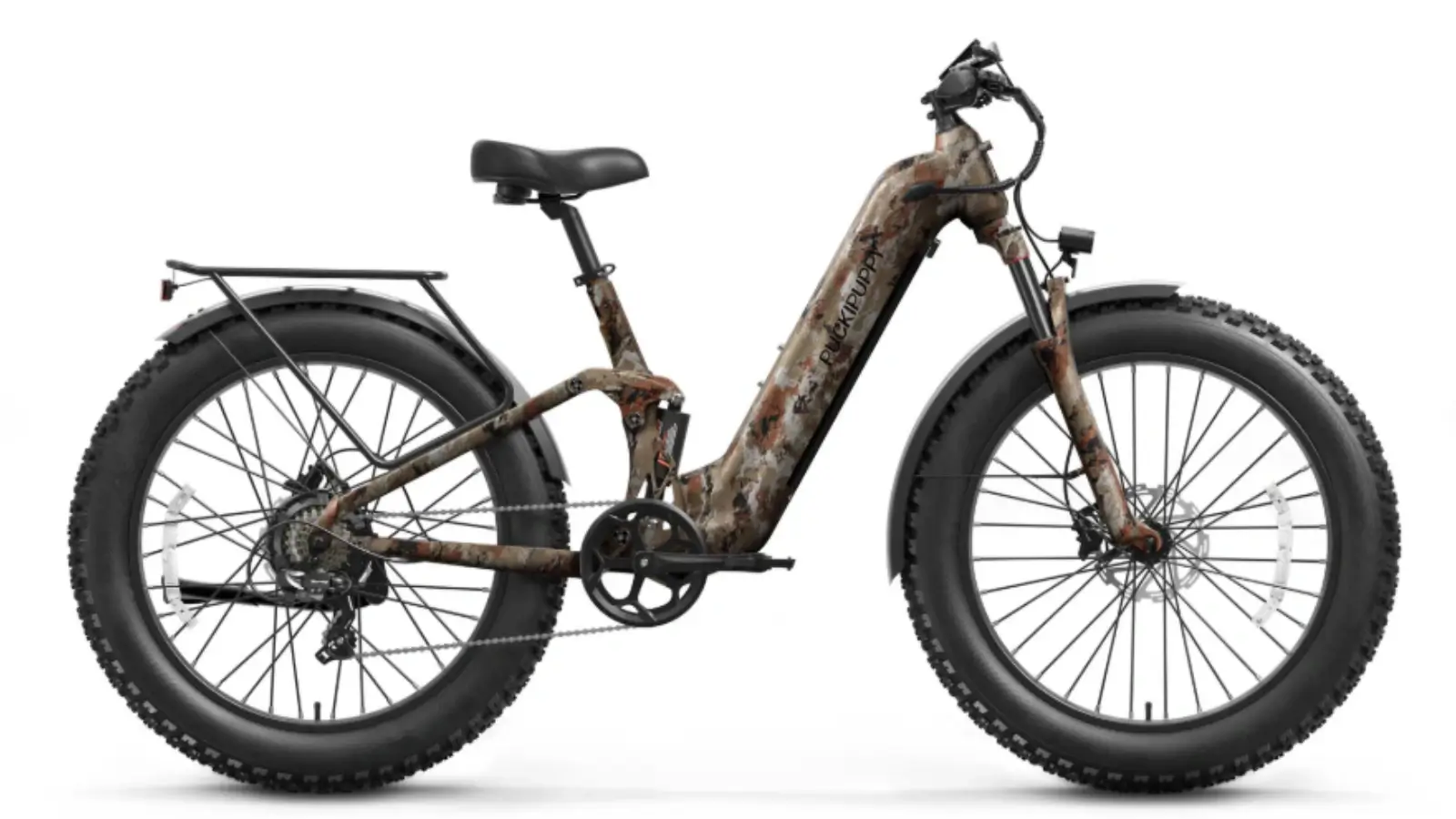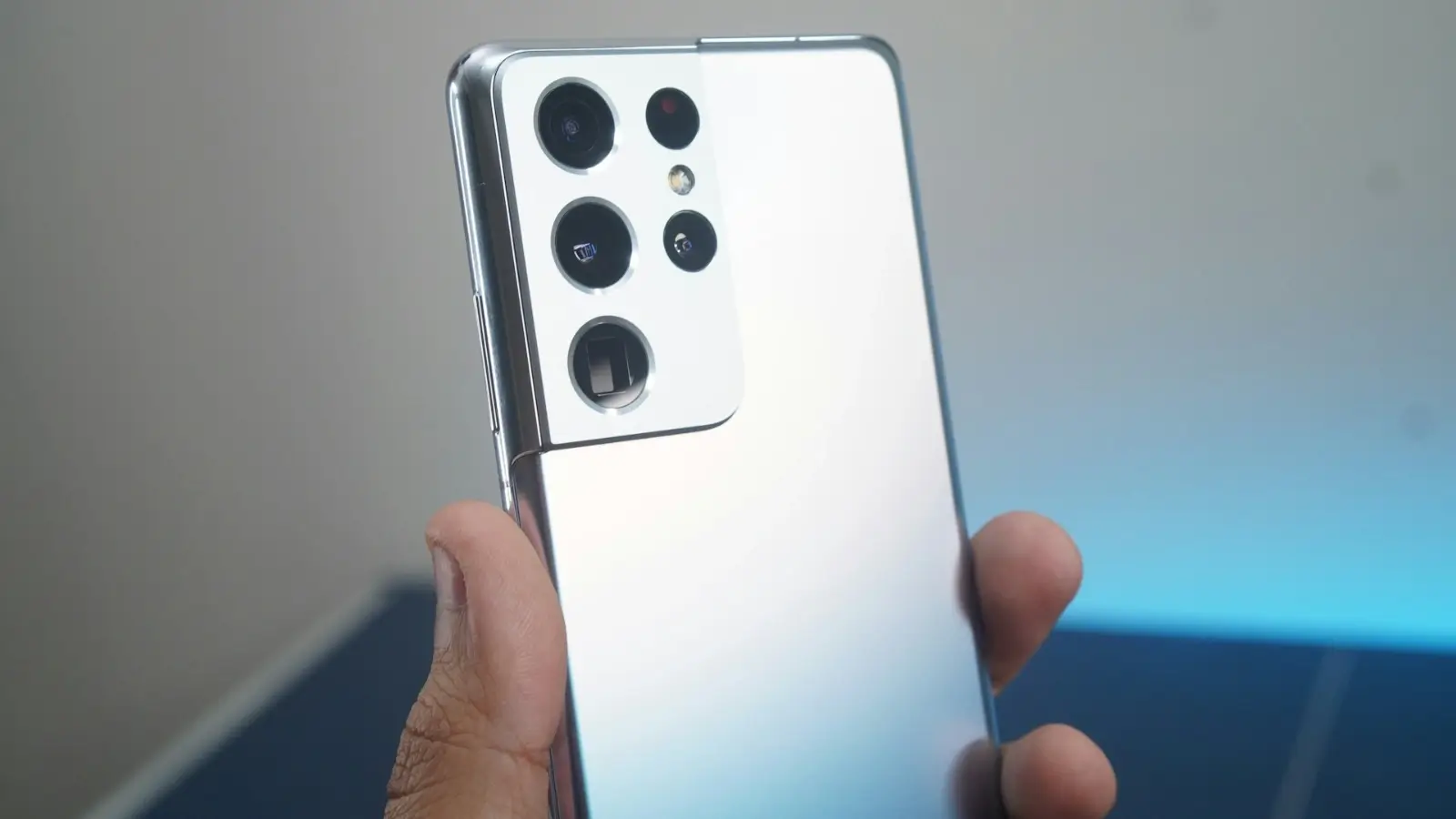Capturing stunning visuals doesn’t require bulky equipment anymore. With a gimbal and an action camera, you can unlock a world of creative shots that elevate your storytelling. These compact tools let you achieve smooth, dynamic footage that stands out, whether you're filming fast-paced action or cinematic landscapes.
In this article, you’ll discover how to maximize your setup to create unique perspectives and professional-quality shots. From seamless tracking to jaw-dropping aerial-style angles, exploring these techniques will transform the way you capture and share your adventures.
Why Use a Gimbal and an Action Camera for Creative Shots
Pairing a camera gimbal with an action camera opens up a world of creative potential. Gimbals stabilize your footage, cutting out that all-too-familiar handheld shake, while action cameras—with their wide-angle lenses and rugged builds—are built for versatility in almost any environment.
Together, they allow you to capture fluid, cinematic movements effortlessly. Whether you’re filming smooth tracking shots while walking or adding slow, controlled pans to a static scene, a camera gimbal makes all the difference in achieving professional-grade stability.
The setup’s compact size is another win. Tight indoor spaces, uneven trails, or bustling city streets—no problem. You’ll still get steady footage where handheld shooting would normally struggle.
Want to take your perspective up a notch? Mount your camera gimbal on a skateboard, pole, or even a helmet to unlock new angles and storytelling styles. That added motion control is a game-changer for dynamic scenes across everything from travel vlogs to action sports edits
Essential Features of Gimbals and Action Cameras
A gimbal paired with an action camera offers functionality that enhances filming efficiency. Smooth footage, portability, and control transform creative possibilities.
1. Stability and Smooth Footage
Gimbals counteract unwanted motion, stabilizing your camera during movements. This prevents shakiness, even during handheld or high-intensity action shots. Whether running, biking, or using dynamic angles, stability ensures cinematic-quality visuals.
2. Versatility and Compact Design
A compact gimbal with an action camera fits challenging spaces or complex shooting environments. Lightweight construction reduces strain and supports extended shoots. Both tools are adaptable for diverse setups, such as mounting on helmets or handheld extensions.
3. Advanced Modes and Controls
Gimbals include features like pan-tilt-follow, offering precision for intricate shots. Integrated controls simplify direction shifts without manual adjustment. Experiment with settings to achieve fluid transitions, adding depth to your footage.
Creative Shots You Can Achieve with a Gimbal and an Action Camera
Using a gimbal with an action camera enhances filming by delivering stable, dynamic, and professional-quality footage. It opens the door to creative shooting techniques that elevate your storytelling.
1. Dynamic Tracking Shots
Smoothly follow moving subjects while maintaining their position within your frame. Use a walking orbit to move around your subject while keeping them centered. Combine gimbal stabilization with wide-angle action camera lenses for fluid motion. This technique is great for sports, events, or travel footage.
2. Cinematic Pan and Tilt Movements
Control your camera's pan and tilt to create more polished composition. Try the reveal turnaround shot—move the camera down from an elevated angle and then circle toward your subject. Set the gimbal to pan-tilt follow mode for increased precision. These movements add depth and drama to your scenes.
3. Stunning Low-Angle Perspectives
Capture subjects from ground level for a more impactful and dramatic viewpoint. Perform a flyby shot where the camera swoops down near the ground before lifting again. This perspective makes landscapes, vehicles, or athletic performances feel larger-than-life.
4. Seamless Transition Effects
Quick, smooth transitions enhance visual continuity. Use a whip pan for fast camera movements between scenes, or shift focus from the foreground to the background to naturally transition into a new shot. Stabilization from the gimbal ensures these effects look professional and cohesive.
5. Smooth POV Shots
First-person views become more stable and immersive with a gimbal. Move with your subject to create fluid, lifelike sequences. This technique works well for active scenarios like biking, climbing, or walking through crowded spaces, boosting viewer engagement.
Tips for Maximizing Your Creative Potential
Use a gimbal and action camera to boost your footage's polish. Experimentation, precise setup, and thoughtful editing can significantly enhance your shots.
1. Adjusting Settings for Optimal Results
Enable continuous autofocus to keep your shots razor-sharp during movement-heavy scenes. Cameras like these benefit from wide focus areas and smart tracking features, such as face or eye detection, ensuring your subject stays in focus even while on the move.
Gimbal modes also matter. Use pan-tilt follow for smooth, natural tracking shots, or switch to lock mode when you need your framing to stay fixed. The Insta360 camera’s responsive stabilization works hand-in-hand with these settings to keep footage fluid and precise.
2. Experimenting with Angles and Movements
Combine angles and motion for cinematic visuals. Crane shots, starting low before elevating, highlight environments or subjects effectively.
Apply orbit movements to surround a subject, creating dynamic perspectives. Try flybys with height variations to add interest, using tools like extension poles for reach.
3. Editing to Enhance the Final Output
Refine footage in post-production with precise adjustments. Alter color grading, exposure, and contrast to fit your visual style.
Incorporate sound design for depth. Sync ambient sounds or music with movement to increase scene immersion.
Conclusion
With a gimbal and an action camera, you have the tools to unlock endless creative possibilities. This lightweight duo empowers you to capture smooth, dynamic, and professional-quality shots in virtually any environment. By experimenting with unique angles, precise movements, and thoughtful editing, you can elevate your storytelling and bring your vision to life.
Whether you're filming action-packed adventures or cinematic landscapes, these tools give you the freedom to push boundaries and explore new perspectives. Embrace the versatility they offer and let your creativity shine through every frame.

